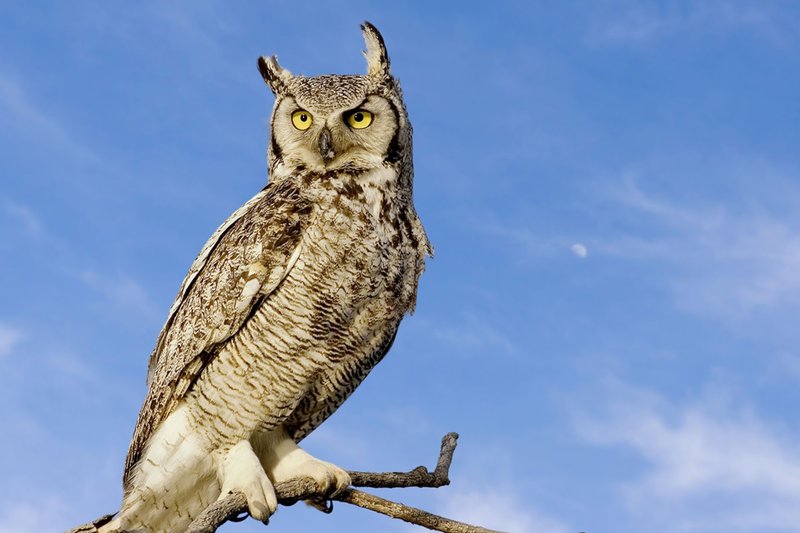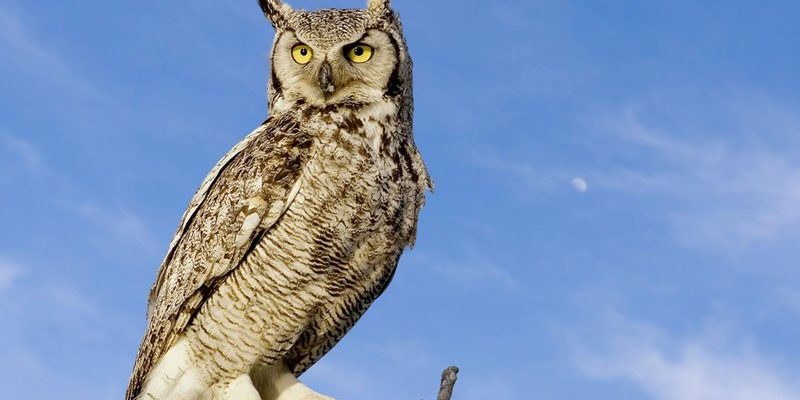
Around the world, cultures have woven the Great Horned Owl into their narratives, often viewing it as a powerful symbol. It’s fascinating how one bird can mean so many different things to different people, isn’t it? For some, it represents wisdom and intuition, while for others, it may be seen as a harbinger of change or a guardian spirit. Join me as we explore how this incredible creature plays a role in local cultures and folklore, shedding light on its varied interpretations and significance.
Symbol of Wisdom and Knowledge
You might have heard the saying that “wise as an owl” reflects the bird’s association with knowledge. In many cultures, including Western traditions, the Great Horned Owl symbolizes wisdom. This connection likely stems from its nocturnal habits and keen hunting skills. People observe how owls perceive the world differently, often associating that unique perspective with intelligence.
In Ancient Greece, owls were sacred to Athena, the goddess of wisdom. The Great Horned Owl, with its large eyes and silent flight, embodies this spirit. Athenians believed that the presence of an owl was a good omen, indicating the goddess’s favor. Imagine walking through a bustling city and spotting one perched silently on a rooftop—a reminder of deeper knowledge lurking just beyond the surface of everyday life.
The Owl in Native American Cultures
In Native American folklore, the Great Horned Owl carries multiple meanings across different tribes. For some, it is a protector and a guide, while for others, it represents a warning or an omen. Many tribes view the owl as a creature that bridges the gap between the physical and spiritual realms.
For instance, the Hopi people see the Great Horned Owl as a symbol of strength and courage. They celebrate this owl in their ceremonies, calling upon its spirit for guidance in challenging times. Similarly, the Lakota believe that hearing an owl’s call can be a sign that someone is in danger or that something important is about to change.
Guardian of the Night
When night falls, the Great Horned Owl takes to the sky, becoming a steadfast guardian of the dark. People have often marveled at its ability to navigate through the night unseen. In many cultures, this ability gives the owl a mystical quality, earning it a reputation as a protector against malicious spirits.
In some African traditions, the Great Horned Owl is seen as a guardian of the night. It’s believed that the owl can ward off evil spirits and protect communities from danger. This protective role extends to families, where it’s viewed as a guardian of children while they sleep, ensuring their safety while dreams unfold.
Folklore and Myths
Folklore surrounding the Great Horned Owl often intertwines with myths and legends. For example, there’s a popular story among various tribes about how owls came to be wise. In these tales, owls are often depicted as beings who learned the secrets of the night.
Many stories also emphasize the owl’s role as a messenger between worlds. It’s said that when loved ones pass away, a Great Horned Owl may appear as a sign of their presence. This connection to the afterlife adds a layer of respect and reverence to the owl, making it a significant figure in cultural storytelling.
Connection to the Natural World
The Great Horned Owl is more than a symbol; it’s an integral part of the ecosystem. Its role in local cultures often reflects a deep respect for nature. People recognize how owls help control rodent populations and keep the balance of nature intact.
In some indigenous cultures, owls are respected as powerful entities that teach humans about living in harmony with nature. The Great Horned Owl’s ability to thrive in various habitats—from forests to deserts—symbolizes adaptability and resilience. This flexibility mirrors the way many communities adapt to their environments, drawing life lessons from the natural world.
Conservation and Cultural Significance
With the expansion of urban areas and habitat loss, the Great Horned Owl faces threats that challenge its survival. Many cultures are taking action to protect this majestic bird, recognizing its cultural and ecological importance. Conservation efforts often involve local communities working together to preserve habitats and educate others about the significance of the owl.
Programs that promote awareness and appreciation for the Great Horned Owl can empower communities. By fostering a deeper connection to the environment and its inhabitants, people can create lasting change that benefits both the owl and the ecosystem it resides in.
The Owl in Modern Culture
Today, the Great Horned Owl still holds a prominent place in modern culture. You might notice its image in art, literature, and even popular media. Its striking appearance and air of mystery lend themselves well to stories and imagery that spark the imagination.
In children’s literature, owls are often portrayed as wise characters, guiding young heroes on their adventures. This modern interpretation continues the age-old tradition of viewing owls as symbols of knowledge and guardianship. The Great Horned Owl reminds us that feeling “wise as an owl” is a notion that transcends time and culture, resonating with both young and old alike.
Art and Literature Influence
The Great Horned Owl has inspired countless artists and authors throughout history. Its fierce beauty and captivating presence can be seen in paintings, sculptures, and even tattoos. Artists often draw from its strong cultural ties, creating works that honor not just the bird but the stories and traditions woven around it.
In literature, the owl often represents more than just a character; it can embody themes of mystery, intelligence, and otherworldliness. Popular stories frequently depict the Great Horned Owl as a guide, helping characters navigate through their narratives. This deep-seated connection between the owl and storytelling shows how intertwined nature and culture really are.
The Great Horned Owl is more than just an impressive bird; it’s a thread woven through the fabric of many cultures and traditions. From symbols of wisdom and guardians of the night to figures of reverence in folklore, this owl plays a vital role in connecting people to their history and the natural world.
Recognizing the Great Horned Owl’s significance can deepen our understanding of its role in local cultures and inspire a greater appreciation for the beauty and complexity of our surroundings. The tales and traditions surrounding this magnificent creature remind us of the profound connections we share with nature and the importance of protecting these incredible beings for future generations. So next time you hear the haunting call of a Great Horned Owl, take a moment to reflect on its rich legacy and the many stories still waiting to be told.

